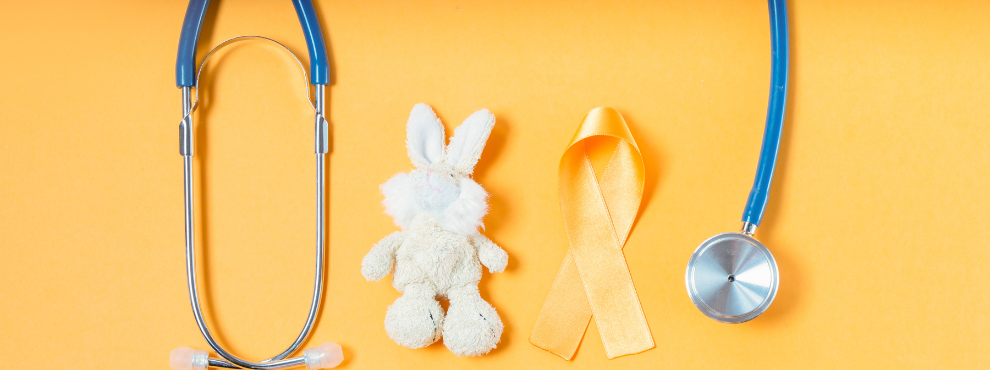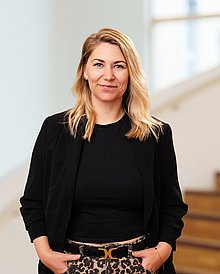New treatment options in cancer therapy offer hope
September is Childhood Cancer Awareness Month: Prof. Dr. Michael Paulussen, pediatric oncologist and Chair of Pediatrics at UW/H, on the tasks of the future.

Every year, around 2,200 children and adolescents under the age of 18 are diagnosed with cancer in Germany. Leukaemia is most common in children, followed by tumours of the central nervous system such as brain tumours. Despite this threatening diagnosis, more than 80 % of children and adolescents with cancer can be cured today.
However, some cancers, such as certain forms of acute leukaemia and metastatic tumours, are particularly aggressive and continue to pose major challenges for research and treatment centres. "Research into new drugs and radiation methods offers promising approaches to further improve the treatment of paediatric cancer," says Prof. Dr Michael Paulussen from Witten/Herdecke University (UW/H). "It is crucial that we continue to advance paediatric cancer research despite the challenges in order to maximise the chances of a cure and minimise side effects."
The biggest challenge is the different biology of cancer in children compared to adults
While tumours in adults are often caused by external influences, in children it is usually a matter of random errors in cell division. In aggressive forms of cancer, metastases are often already present at the time of diagnosis - not because they are recognised late, but because of the specific biology of the disease. An important step in paediatric cancer research is therefore to understand the biological basis of tumours and leukaemias. At the same time, intensive research is being carried out into the development of new therapy methods.
"Increasingly complex research regulations make it particularly difficult for non-industrial researchers, for example at university hospitals, to fund important studies," explains Prof Paulussen. "Whereas 20 years ago, large studies were carried out on almost every paediatric cancer, today there is only comprehensive research for some of the diseases."
Despite the challenges, there is reason for hope
There has been considerable progress in cancer therapy for adults in recent years. Gene scissors, a revolutionary technology, make it possible to specifically remove genetic mutations in cancer cells. The use of artificial intelligence could also play a role in the treatment of paediatric cancer in the future. Radiotherapy has also developed enormously in recent years, particularly through proton therapy. The proton therapy centre in Essen offers children with certain types of tumours a particularly precise radiation method that spares healthy tissue. Such innovative approaches raise hopes of an even higher cure rate and less stressful therapies for young patients.
Photos for download
Contact person

Svenja Malessa
Press Officer
Administration | Communication & Marketing
Alfred-Herrhausen-Straße 48
58455 Witten
Room number: 2.F05
